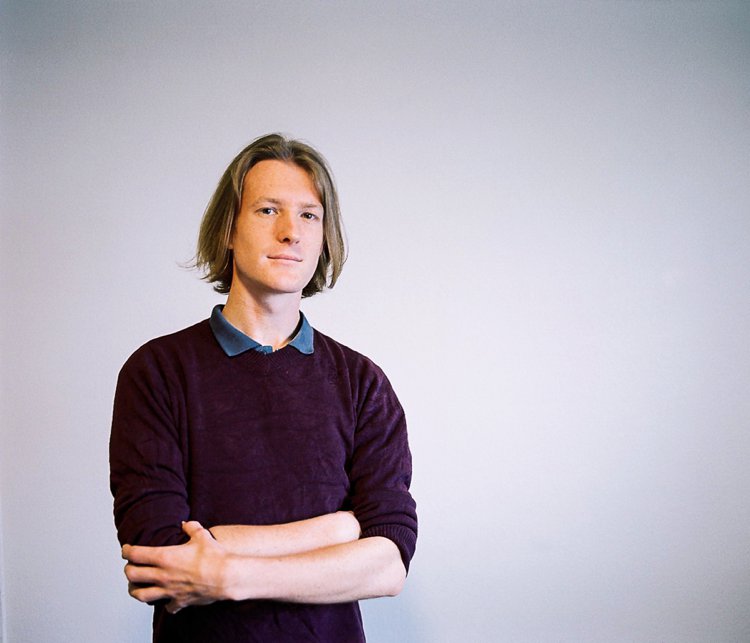We caught up with composer Glen Downie do talk about his new trio Rivet, part of Chamber Music New Zealand's Fantasy and Romance tour, with flautist Melanie Lançon, oboist Bede Hanley and Pianist Stephen De Pledge.
Tell us about your new piece Rivet.
The beginning of the piece was all about this gesture of a high, loud, staccato repeated note on the piano. The register of the piano brings out that hammer sound and I started thinking about the dulcimer. So from then on the piece took on the idea of replicating the modes of production of certain instruments, so the sound of the dulcimer, the harp and the bagpipe.
A big part of the piece, especially with regard to the repeated notes at the beginning, is the tension between a very mechanical, rhythmically precise texture and a very organic, rustic folk like quality, brought out by the winds with their very high registers and quick articulation, with the virtuosity required to try keep it under control creating this energy. I said to Bede to think of it like a bunch of folk musicians at a wedding who are increasingly under the influence and trying to outdo each other in virtuosity as the night wears on. The piece ends on a more lyrical note, in a space where a lot of the rigid material has been freed into an amorphous and floating texture.
Did the players had any input while you were writing the piece?
While I was writing the piece I was in contact via email about certain things, especially with the wind players, as I was exploring quite extreme registers paired with very fast staccato tonguing.

Glen Downie: Rivet, bar 16-18.
Which folk traditions were a particular inspiration? Any particular players?
I don’t think there’s really a style per se that influenced the piece. It was mainly the sound and mode of production of certain folk instruments that influenced the sound world more than any particular stylistic elements. In saying that there are definitely a wide range of influences ranging from boogie woogie, Scottish reels and ballads, as well as more modern compositional influences like Ligeti and Unsuk Chin. In a way it’s a culmination of a lot of my listening and composing over a long period.
How does Rivet fit with the other pieces on the programme?
Going with the title Fantasy and Romance, the piece is definitely a flight of fantasy. It’s full of colour, exploration, playfulness and virtuosity. It also fits well with Faure’s Mandoline, in that it’s evoking characteristics of other instruments in it’s texture. There’s also little hints of that early 20th century French harmony throughout.
What other projects do you have coming up?
At the moment I’m just going through little ideas for pieces that have built up over the years. I want to revisit and complete some piano etudes I started over five years ago, but am continuously accumulating sketches for, as well extending a string trio where I’m exploring microtonality in a more complete harmonic way, rather than the more ornamental and timbral ways that I have used microtonality in the past.
